Senapati Bapat: A Rebel with a cause
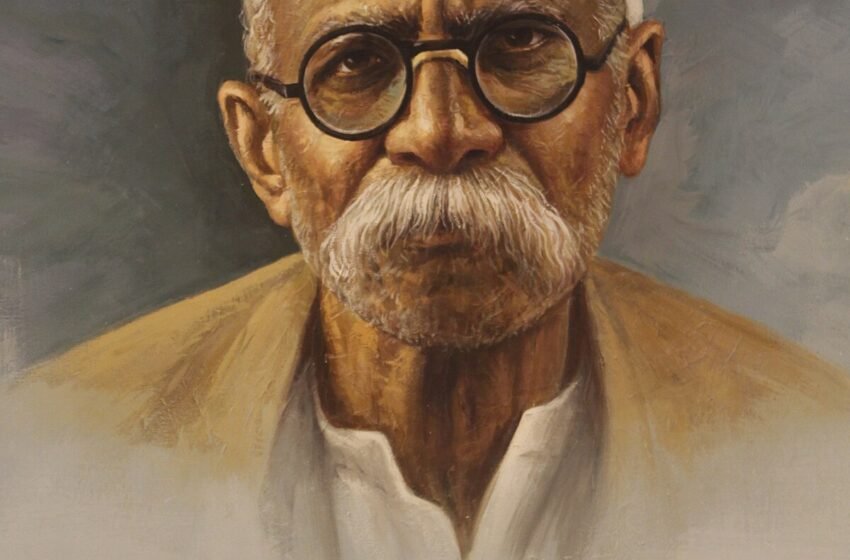
We’ve all learnt about the freedom struggle and the various figures involved in it. However, over time we realize that is just the tip of the iceberg. Underneath the frontier facade of the National Movement lied the sacrifices of countless revolutionaries who to this day stay rarely named.But if we dig a little deeper, we find one man that stands out from the rest of the herd. And that man is Mahadev Pandurang Bapat, also known as ‘Senapati’ Bapat. A revolutionary who redefined what it means to be one.
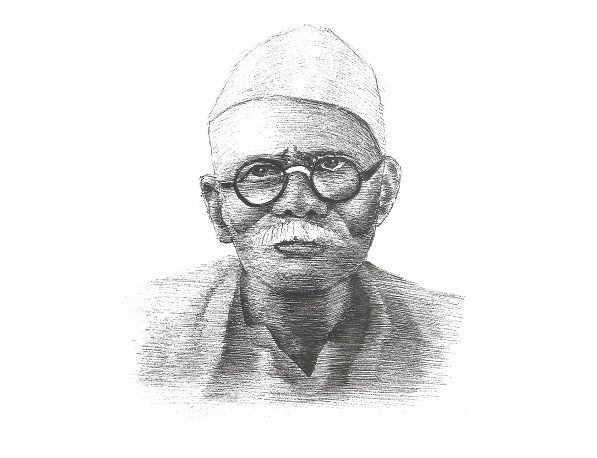
EARLY LIFE
Pandurang Mahadev Bapat was born on 12th November 1880 in a working class family in Ahmednagar district of the Bombay Presidency. Pandurang received the name Senapati meaning ‘commander’ by his peers for his leadership ability and commanding personality.
Bapat pursued his primary education at Ahmednagar and eventually moved to Pune to study English. Patriotic fervor was at an all time high during this decade and Pune was the centerpoint of it. As a youngster, Bapat was able to witness the passionate debates between the Moderates and the Extremists. His time in Pune, as seen further, proved to be incredibly vital for his revolutionary career.
At the age of 19, he was awarded an eminent scholarship which led to his admission as a student at the Deccan College in Pune. It was here that Bapat was able to come in contact with other like-minded individuals such as Damodar Bhide, who urged him to be a part of politically-charged clubs. Here one would take an oath to devote their services to the motherland and participate in nationalistic activities across campus and the outside world.

BEGINNING OF REVOLUTIONARY ACTIVITIES
It was in Deccan College, that Bapat decided to venture into the career of a revolutionary. After this monumental decision, alll of his future endeavors were tied to a nationalistic agenda.
Soon after clearing his B.A Examinations, he secured a prestigious scholarship provided by the British Government. Bapat then moved to Edinburgh, England at the Heriot-Watt-College. Bapat here got opportunities to attend meetings among British Leaders and studied the impact of British rule on India in a more detailed manner.
It was here that Bapat made a speech on British rule and its exploitative nature in front of a British audience. After a critical and provocative commentary on the British Raj, it was concluded by the Government that Bapat shall be deprived of his scholarship in England.
Instead of attempting to be in the good books of the British, Senapati Bapat now took the risqué road and participated in revolutionary activities held by Indian Freedom fighters in England. Here Bapat came in contact with V.D Savarkar who urged him to go to Paris with his Russian friends to learn the process of bomb-making.
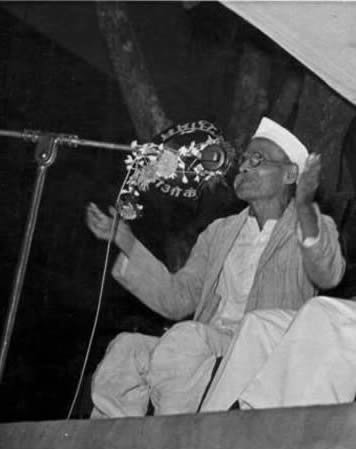
Here he learnt the technique of bomb-making and manufactured explosives along with his Indian counterparts. After perfecting this skill, his actions towards the British government grew more violent day by day. After his arrival to England, Bapat considered bombing one of the British Houses of Parliament, but chose otherwise. He instead took a bomb manual given to him by a Russian friend and went to India to teach other revolutionaries how to do so.
In 1908, he came back to India and quickly became involved in revolutionary propaganda here. After the Alipore Bombings took place the same year Bapat came back, he had to go under hiding. During his time undercover, he ventured across the country and noticed a huge mass of the general population in India was oblivious to the oppression they were facing due to their lack of knowledge about Britain’s colonial past.
It was during this point Bapat realized that it was equally necessary to awaken the general public towards the veiled oppression they were living in rather than simply carrying out bombings or igniting endless revolts. From that point onward, all of Bapat’s endeavors, in some or the other way, were focused on enlightening the general public and bringing them justice.
Be it via Satyagraha or following a more extremist ideology. But moreover, his time undercover helped him broaden his perspective and realign his goals according to them. After spending 3 years undercover, he was finally arrested in 1912. And was sentenced to imprisonment in connection to the Alipore Bombings.
REEVALUATING THE AGONISTIC PATH
Bapat was later released in 1915, as the government did not hold any substantial evidence against him. By this time Bapat had all in all become an experienced revolutionary.
Not only that, but he seemed to gain a new sense of direction and newfound understanding of how he wanted to lead. This was due to his time spent undercover reading multiple religious texts i.e Quran, Bhagavad Geeta, Upanishads etc. He also delved deep and analyzed the various texts of Swami Vivekananda, Aurobindo Ghosh and Ramakrishna. While doing so, he was urged to re-evaluate his experiences underground and look into his “inner consciousness” Bapat’s experience experimenting with religious and enlightening beliefs of scholars profoundly impacted his political beliefs. Bapat had given up on his previously agonistic approach and transitioned into having a more Gandhian approach. This peculiar shift in his ideology can be attributed to his introduction to the Hindu faith. Right after being released, Bapat joined Bal Gangadhar Tilak and worked alongside him and gave impetus to increased nationalistic activity in Pune. This was done to increase pressure upon the government for independence.
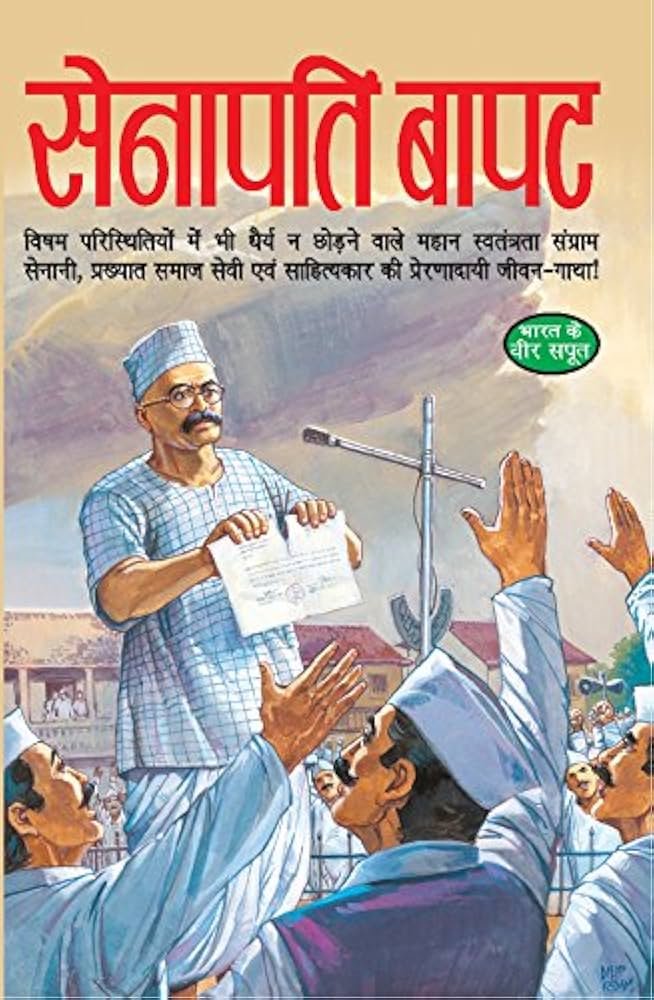
GANDHIAN APPROACH
Soon after the death of Tilak in 1920, Bapat had realigned himself with Gandhian vision of swaraj, despite having been an ardent follower of Tilak. This was a seemingly huge shift from his previous willingness to support destruction and violence.
Bapat believed in the philosophy of Satyagraha, Ahimsa etc. and integrated them into his revolutionary approach. He improved upon these concepts and held the belief that one can still resort to violence when the situation calls for it. It was this foundation that Mulshi Satyagraha was built upon. The first anti-dam struggle of India. In the early 1920’s the Industrial house of Tatas along with support of British Government agreed upon the construction of a dam in Mulshi Peta, a district in Pune.
The peasants of the region protested against its construction. This satyagraha was carried under the leadership of Senapati Bapat. This was the first ever mainstream struggle led by him which fought against the ancestral lands of the peasants from being submerged. He identified with the peasants from his hometown and their concerns about protecting their ancestral property.
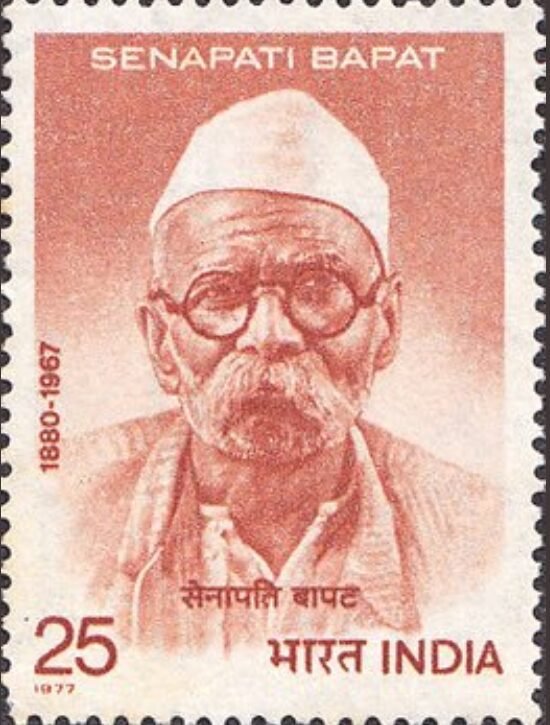
It was during this period that Senapati Bapat grasped the crux of class struggle, and familiarize himself with the struggles of the underprivileged in his hometown. Bapat fervently participated in the Mulshi-Satyagraha to protect the loss of livelihood for the farmers and working class. However, the struggle did not last very long, since the government ardently supported the construction, the dam was eventually built. And Bapat was led to arrest due to his leading role in the Mulshi Satyagraha. This arrest led to subsequent imprisonment for 7 years. These seven years cut him off from all sorts of political contact. After being released from jail in 1931, he was elected as the President of the Maharashtra Pradesh Congress Committee (MPCC).
It was during this period that Bapat was brazen and vocal about his criticism towards Congress and its policies and strategies. His rift with the Congress and Mahatma Gandhi was an ongoing one. He believed Congress should take up causes that benefit the masses in the struggle and denounced their ability to settle the Hindu-Muslim issue.
It was evident that despite holding a leadership position at MPCC he still held originality of thought regardless of whatever popular opinion was. In the words of Y.G Phadke, he was truly an independent politician who held every issue based upon its merit.
Unlike the revolutionaries of his time, he could notice the fissures between the Hindu-Muslim relations, and understand they were a result of woven prejudice via colonial rule.
Following the arrest for the Mulshi Satyagraha, Bapat was once again put into prison for attending a public gathering held by Subhash Chandra Bose in Mumbai. Years later, the same road was named Senapati Bapat Road.
LIFE POST-INDEPENDENCE
On 15th August 1947, on the day of Indian Independence, Senapati Bapat raised the national flag over his hometown Pune. At the age of 67, Senapati Bapat achieved the goal that he had been collectively working towards a lifetime with the other revolutionaries.
However, Bapat did not show any signs of stopping after independence. He was also a huge advocate for cleanliness. Most of his enthusiasm towards a cleaner environment could be seen through his literary works which consisted of poetry. He wrote many pamphlets, composed poetic verses explaining the significance of ‘public cleaning’.
He began participating in political programs that aimed towards a concrete goal and joined the Samyukta Maharashtra Movement, which demanded creation of a separate Marathi state and the formation of Goa.
He kept spreading the word of religion and his political ideologies via literary works and poetry collections such as Geeta Sevak and Chaitanya Gatha. On the fateful day of 28th November 1967, Senapati Bapat passed away at the age of 87.
However, his existence was kept alive through a memorable illustration by Amar Chitra Katha and a postage stamp dedicated to him by the Government of India. Senapati Bapat was a freedom fighter who cemented his contribution to the country’s freedom struggle by his zealous approach and patriotic fervour.
CONCLUSION
Cleanliness or Swarajya, Extremism or Gandhianism, Senapati Bapat was a man of many facades who stood up for everything he believed in. It was because of this maverick approach that he had his sacrifices set in stone. Although not a frontier face in the freedom struggle, Senapati Bapat was no less a valuable part of it.
Bapat teaches us that a true revolutionary is not the one who fights without a cause but the one who finds a cause to fight for.


